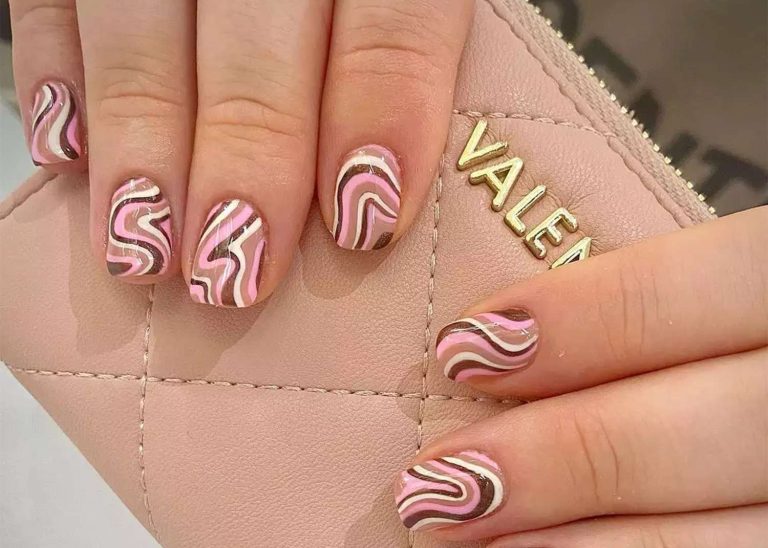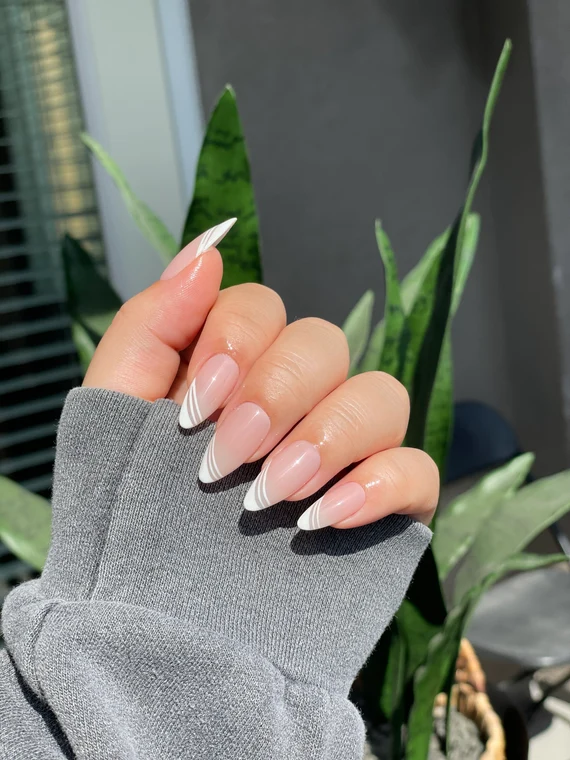
How to Take off Acrylic Nails
How to Take Off Acrylic Nails: A Step-by-Step Guide
Acrylic nails offer a glamorous and long-lasting manicure solution. However, they require proper removal to prevent damage to natural nails. Taking off acrylic nails safely involves patience and the right techniques.
Assess the Nail Condition
Before removing acrylics, assess the condition of the nails. Look for any lifting, cracks, or signs of damage. Addressing these issues early can prevent further problems during the removal process.
Gather the Necessary Supplies
Ensure the following supplies are on hand: acetone-based nail polish remover, cotton balls or pads, aluminum foil, a nail file or buffer, cuticle oil or cream, and a nail clipper or scissors.
Prepare the Workspace
Find a comfortable workspace with good lighting. Cover the surface with a towel or newspaper to protect it from spills. Have a trash can or bag nearby for disposing of used materials.
File Down the Topcoat
Use a coarse nail file or buffer to gently file down the topcoat or any decorative elements on the acrylic nails. This step helps the acetone penetrate the acrylic more effectively.
Soak the Cotton Balls
Saturate cotton balls or pads with the acetone-based nail polish remover. Squeeze out any excess liquid to prevent dripping.
Apply the Acetone-Soaked Cotton
Place the acetone-soaked cotton balls or pads onto each acrylic nail. Ensure complete coverage of the nail surface.
Wrap with Aluminum Foil
Cut small squares of aluminum foil and gently wrap them around each fingertip, securing the cotton balls or pads in place. This step creates a sealed environment for the acetone to work its magic.
Let the Acetone Work Its Magic
Allow the acetone-soaked cotton balls or pads to remain on the nails for at least 20-30 minutes. This gives the acetone ample time to break down the acrylic material.
Check for Loosening
After the designated time, carefully remove the aluminum foil wraps. Check if the acrylic nails have started to loosen or lift from the natural nail bed.
Gently Pry Off the Acrylics
Using a cuticle pusher or a similar blunt tool, gently pry off the loosened acrylic nails. Apply even pressure and avoid tugging or pulling, as this can damage the natural nails.
Repeat If Necessary
If the acrylics have not fully loosened, reapply the acetone-soaked cotton balls and aluminum foil wraps. Repeat the soaking process until the acrylics can be safely removed.
File Away Remaining Acrylic
Once the bulk of the acrylic has been removed, use a gentle nail file or buffer to carefully file away any remaining acrylic residue on the natural nails.
Avoid Over-Filing
While filing, take care not to over-file the natural nails. Excessive filing can cause thinning or damage to the nail plate.
Cleanse and Hydrate
After removing all traces of acrylic, cleanse the nails with soap and water to remove any acetone residue. Follow up with a nourishing cuticle oil or cream to hydrate and condition the nails and surrounding skin.
Trim and Shape
Use a nail clipper or scissors to trim and shape the natural nails as desired. Take care not to cut the nails too short, as this can lead to ingrown nails or other issues.
Give Nails a Break
It’s important to give natural nails a break after removing acrylics. Avoid reapplying any artificial nail enhancements for at least a few weeks to allow the nails to recover and strengthen.
Alternative Methods
For those seeking alternative methods, there are options like dental floss or wood sticks to gently pry off the acrylics. However, these methods can be more time-consuming and require extra caution to avoid damaging the natural nails.
Professional Removal
If the acrylic nails are severely damaged or lifting, consider visiting a professional nail technician for safe and proper removal. Professionals have the tools and expertise to handle difficult cases without compromising the health of the natural nails.

Avoid Harmful Methods
Refrain from using harmful methods like biting or peeling off the acrylics, as these can severely damage the natural nails and lead to painful consequences.
Nail Recovery Tips
After acrylic nail removal, protect and nourish the natural nails during the recovery phase. Use a strengthening nail treatment or simply keep them bare and well-moisturized. Proper care can restore the health and strength of the nails.
When to Remove Acrylic Nails
It’s generally recommended to remove acrylic nails every 6-8 weeks to prevent excessive lifting or damage. However, if the acrylics start to lift or show signs of cracking or damage sooner, prompt removal is advised.
Choosing the Right Acetone
Opt for an acetone-based nail polish remover specifically formulated for removing artificial nails. Regular nail polish removers may not be potent enough to effectively break down the acrylic material.
Safety Considerations
When working with acetone, ensure proper ventilation and avoid inhaling the fumes. Use gloves or a protective barrier cream to prevent skin irritation. Keep acetone products away from open flames and heat sources.
Professional Maintenance
If acrylic nails are a regular part of your beauty routine, consider scheduling regular maintenance appointments with a professional nail technician. They can ensure proper refills, reshaping, and timely removals to maintain the health of your natural nails.
Removing acrylic nails safely is crucial to prevent damage and promote healthy nail growth. With patience, the right techniques, and proper aftercare, natural nails can recover from the stress of acrylics and regain their strength and beauty.

Conclusion
Removing acrylic nails at home requires patience and care to avoid damaging natural nails. Soaking the nails in acetone is a common method, but it’s crucial to protect the skin by using petroleum jelly or cuticle oil. Gently filing the top layer of the acrylic and periodically checking progress helps to avoid overexposure to acetone.
Once the acrylic has softened, use a wooden stick to gently push off the softened acrylic from the natural nail, repeating the process as necessary. After removal, applying nail strengthener and hydrating products can help rejuvenate the natural nails. It’s crucial to give the nails a break before applying a new set of acrylics to prevent weakening and damage.
Professional removal by a nail technician is also an option for a safer and more precise process. By following these steps and taking the necessary precautions, individuals can safely remove acrylic nails at home while maintaining the health and strength of their natural nails.



